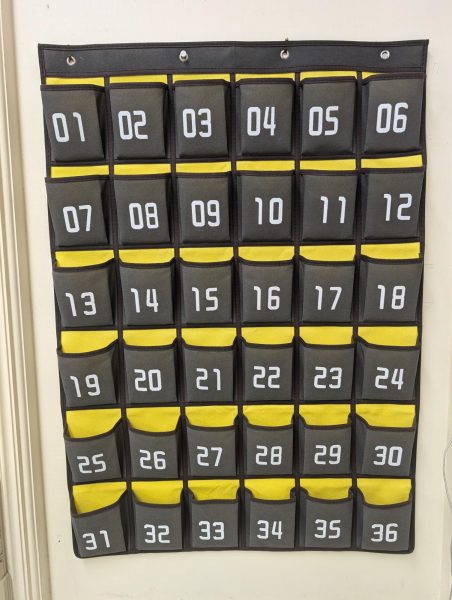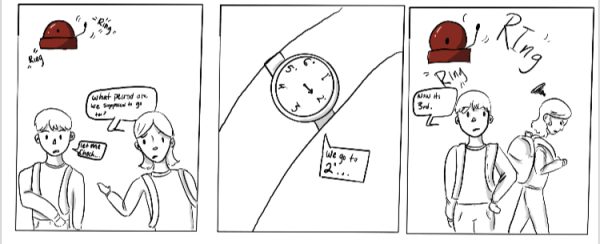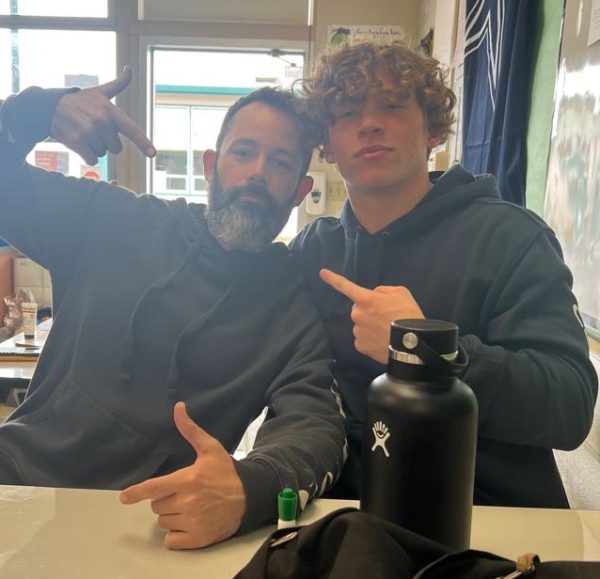Warm Water: An Investment In Student Health
It’s zero period in the middle of winter. I just jogged to the bathroom in order to escape the wintry air threatening to pierce every inch of my body. After using the bathroom, I can wash my hands and walk into the cold weather; or, I can just walk out and possibly risk spreading the flu. What should I do?
At SVHS, the student bathrooms present several health concerns: on top of unsanitary conditions due to the school’s lack of funding to hire more custodians, there is no warm water in the sinks to prevent the spread of disease.
A 2009 New York Times article claimed that “hot water for hand washing has not been proved to remove germs better than cold water.” Moreover, some students are indifferent about the lack of tepid water, as freshman Miriam Gonzalez sighed, “I really don’t care.” Why, then, is it important for schools to have warm water for their students?
Despite not being a medical preventer of disease, warm water in bathrooms encourages students to wash their hands, even when it’s cold out. Senior Monce Guido hates washing her hands in the winter because “cold water in cold weather makes [her] hands ache.”
Even if warm water doesn’t have a direct effect on disease prevention, “washing hands for as little as 10 seconds is effective enough for removing germs,” according to Medical News Today. During the winter, junior Jacquee Garcia believes that “hot water is necessary because [her] hands are freezing.” Students would prefer to use the germ-infested toilets without hand washing than stepping into the cold air with wet hands.
If this lack of proper hygienic conditions persists, students will be further discouraged from washing their hands during the cold, leaving the entire school susceptible to flu, whooping cough, and many other preventable diseases.
Why is it that the student bathrooms don’t have warm water, when faculty ones already do?
SVHS must prioritize the health of our students and consider warm water as an investment in our wellbeing. Without this, we could see a decline in our students’ physical health within the coming months.






